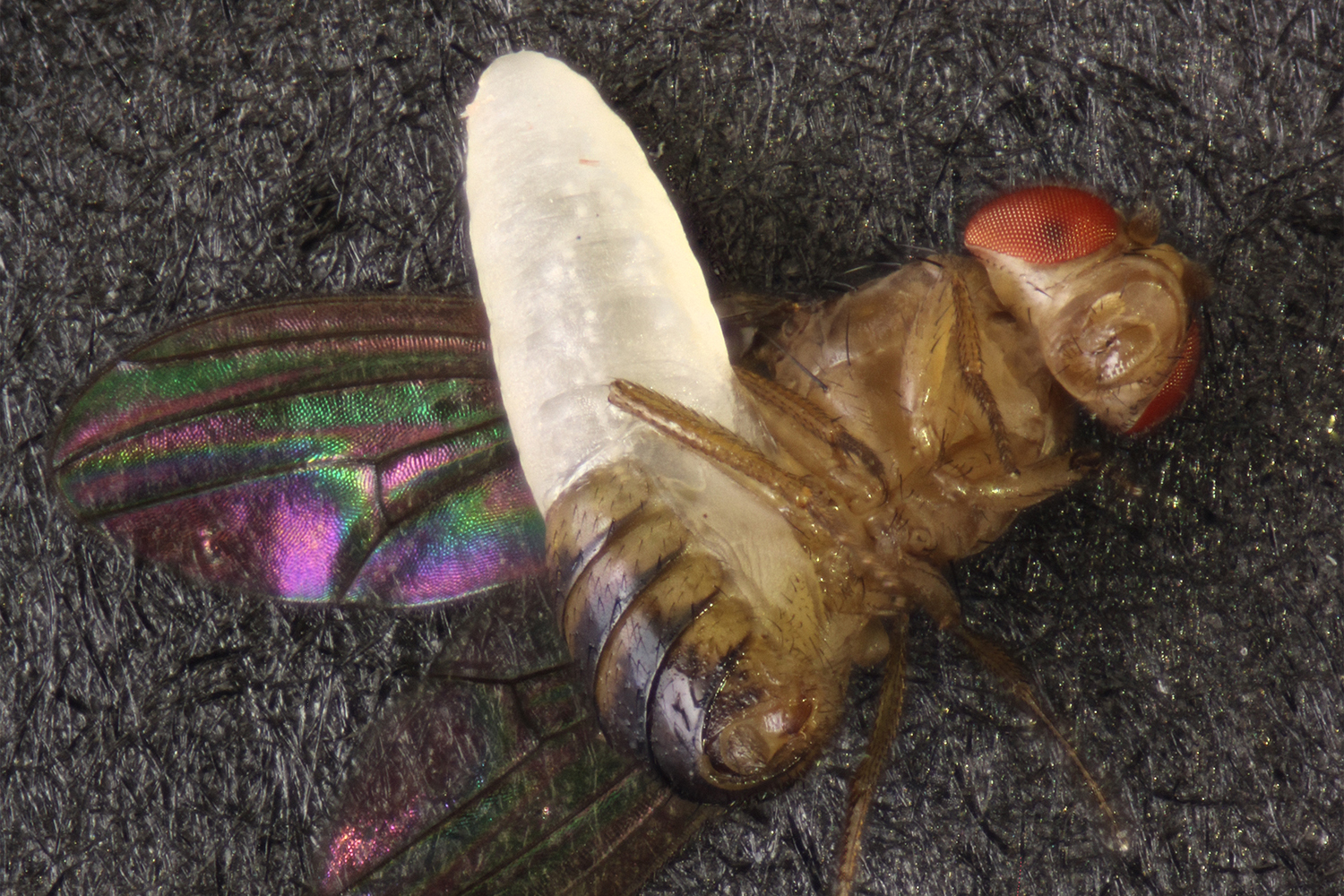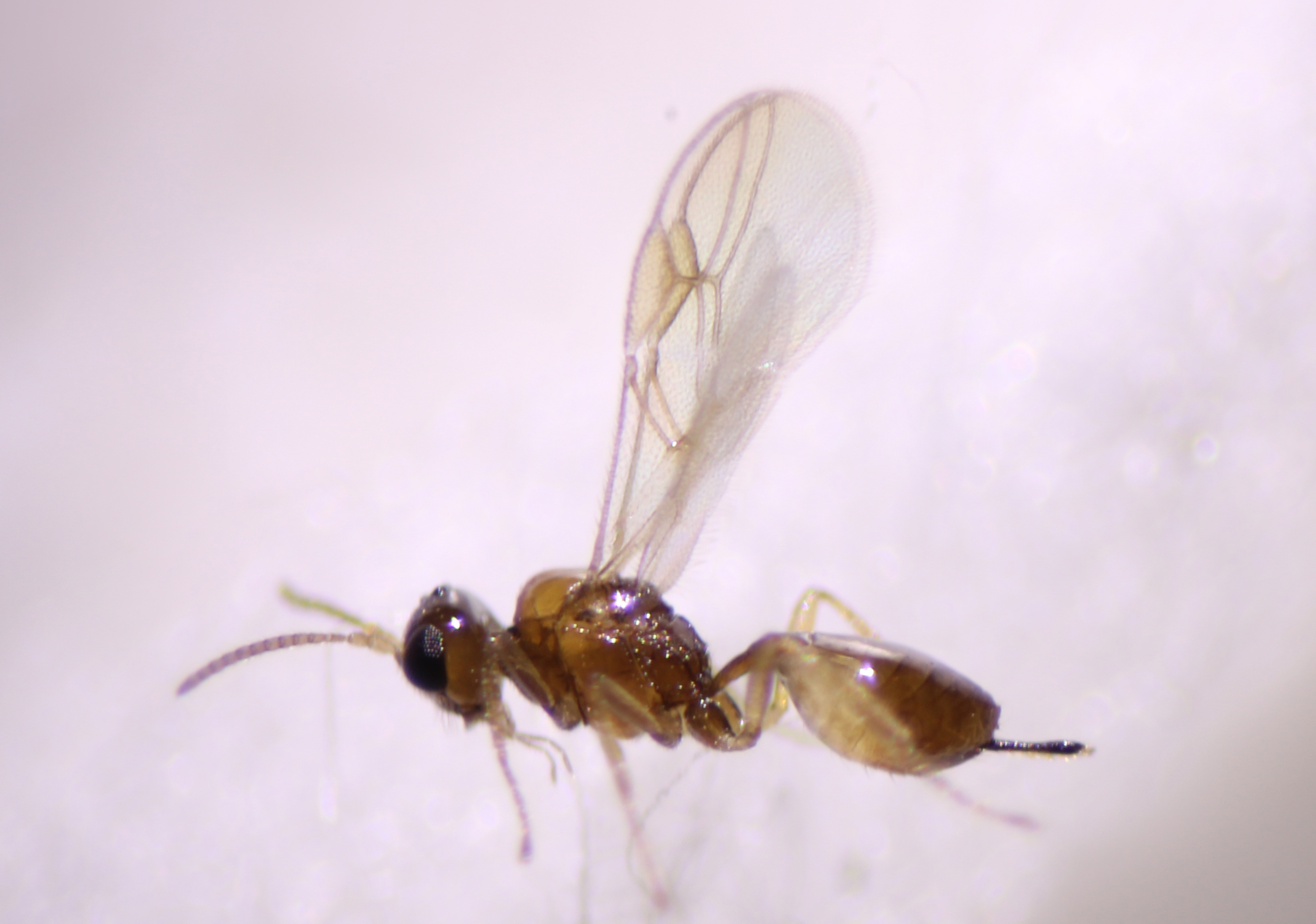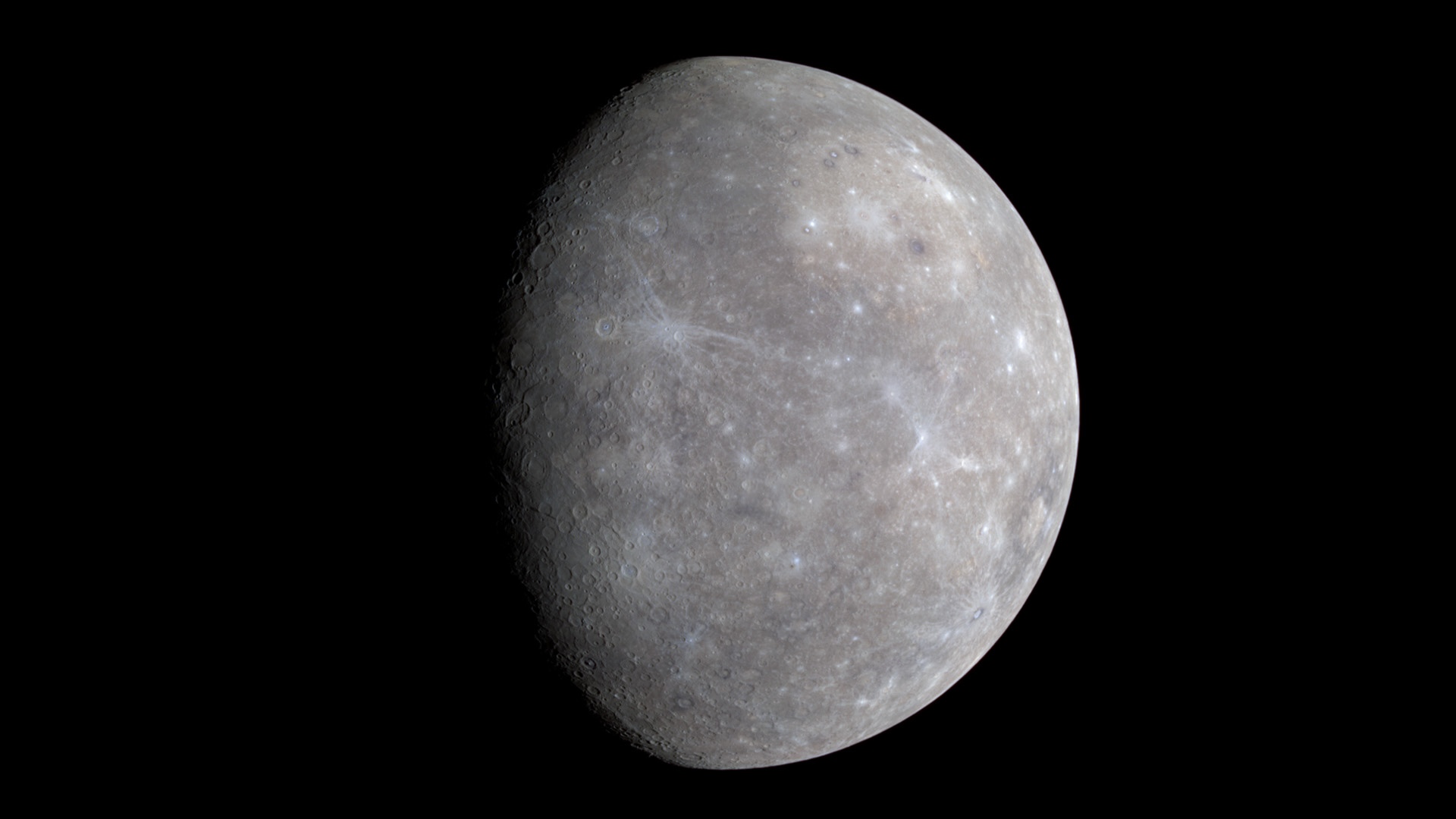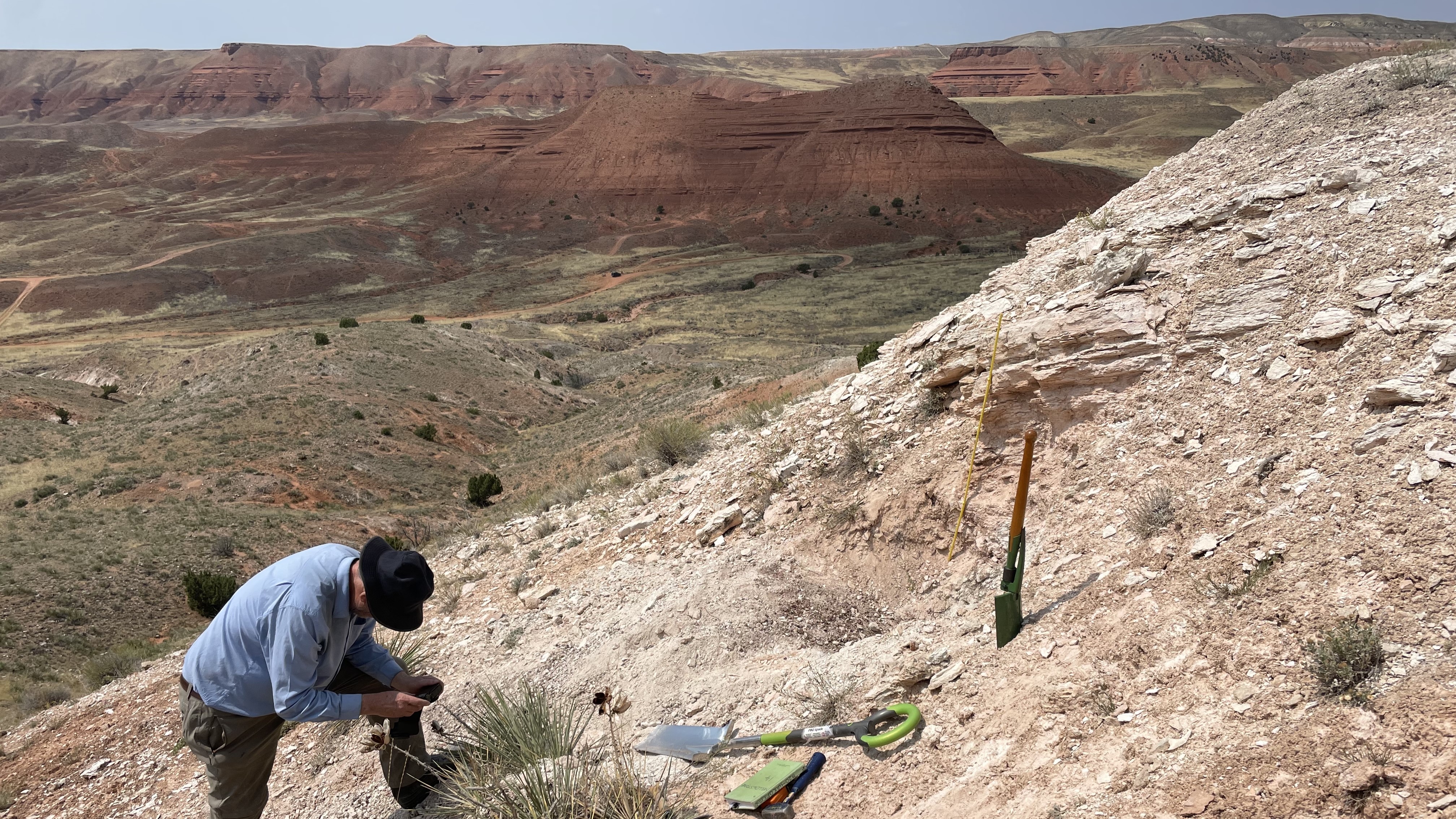Parasitic 'horror' wasp that bursts from a fly's abdomen like an 'Alien' xenomorph discovered in Mississippi backyard
Scientists accidentally discover new species of wasp that lays eggs inside living, adult fruit flies, which then burst from the hosts' abdomens while they're still alive.

Researchers in Mississippi have discovered a previously unknown species of parasitoid wasp that matures inside the bodies of living, adult fruit flies before bursting out of them like a xenomorph in the "Alien" movies.
The sneaky predator, which researchers have named Syntretus perlmani, is the first wasp found to infect adult fruit flies — similar wasp species are known to target flies during their younger, more vulnerable larva and pupa life stages. The wasps are parasitoids rather than parasites because they always kill their hosts, while parasites usually don't.
A team of scientists came across the wasp by chance while collecting a common fruit fly called Drosophila affinis in their backyards in Mississippi. They published their findings Wednesday (Sep. 11) in the journal Nature.
Study lead author Logan Moore, a biologist who worked on the research as part of his doctorate at Mississippi State University, told Live Science that female S. perlmani use their needle-like ovipositor organ — the stinger in stinging wasps — to stab and deposit an egg within a fruit fly's abdomen. The egg then hatches into a tiny wasp larva, which grows inside the fly for about 18 days before leaving its host for dead.
"It will effectively emerge out of the side of the fly," Moore said. "And just to add an additional layer of horror, the fly will normally remain alive for several hours after that."
Related: These bacteria trigger a sex change in wasps — scientists finally know how
The researchers were screening fruit flies for parasitic worms called nematodes in March 2023 when they first came across a spiky-tailed wasp larva inside the abdomen of one of the flies.
Sign up for the Live Science daily newsletter now
Get the world’s most fascinating discoveries delivered straight to your inbox.
"At the time we didn't think it was real," Moore said. "If you dissect thousands of flies, you will see some things that are strange and odd, and you'll never see them again."
However, the scientists found more wasp larvae and eventually confirmed their discovery by rearing the wasps in a lab and studying their DNA. In the lab, mature S. perlmani larvae exited their hosts, explored for a few hours and then buried themselves in whatever substrate the researchers provided. Once undercover, they entered a cocoon stage for around 23 days before emerging as adults, according to the study.
The team paired adult wasps with other fruit flies from the genus Drosophila and found that S. perlmani was also capable of infecting Drosophila acutilabella. The researchers also discovered S. perlmani's DNA signature in publicly available genomic data of mashed-up Drosophila melanogaster, confirming the wasp infected that species as well.

Scientists have been studying Drosophila fruit flies for centuries. For example, D. melanogaster is ideal for genetic research because humans share 75% of the genes responsible for human diseases, according to the University of California, Davis. They're also easy to find, breed and study.
"Almost everybody in the world has had some sort of interaction with this fly, usually not in a good context," Moore said. "They're annoying little pests that fly around your fruit."
Finding the wasp was a surprise for the researchers because Drosophila flies are so common and well studied, which begs the question: "Why has it taken so long for this wasp to be discovered?"
"I would say maybe the one thing that would explain why it's gone undiscovered for so long is because nobody is expecting it," Moore said. "No parasitoid wasp has been known to infect the adult stage of not just Drosophila, but of flies in general."
Moore noted that the juvenile stages of insects are far more vulnerable. They aren't equipped with a thick exoskeleton like adults, and without wings, they're far less mobile.
The team still has much to learn about how this newfound species evolved to infect adults, but it seems to be very good at it. Moore and his colleagues found infected flies in Mississippi, Alabama and North Carolina, while the D. melanogaster DNA data revealed the wasp was present across the eastern United States.
"This is all around us, infecting one of the most well-studied animals on the planet," Moore said. "It just leaves you wondering what else is out there on our doormat right now."

Patrick Pester is the trending news writer at Live Science. His work has appeared on other science websites, such as BBC Science Focus and Scientific American. Patrick retrained as a journalist after spending his early career working in zoos and wildlife conservation. He was awarded the Master's Excellence Scholarship to study at Cardiff University where he completed a master's degree in international journalism. He also has a second master's degree in biodiversity, evolution and conservation in action from Middlesex University London. When he isn't writing news, Patrick investigates the sale of human remains.









